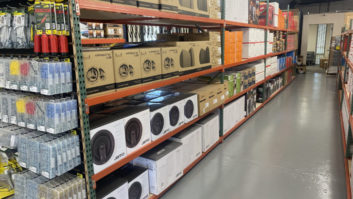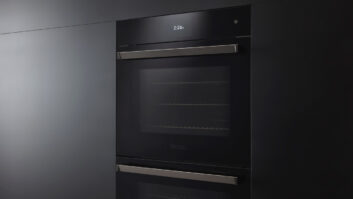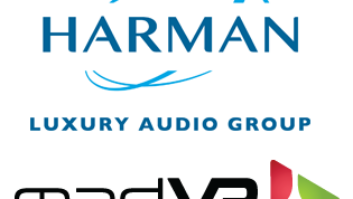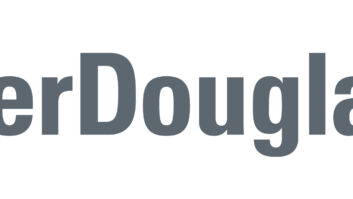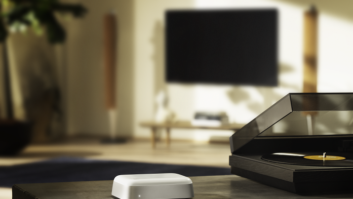Traditionally mainstream major appliance dealers and manufacturers are devoting renewed resources to the ultra-premium white-goods market in order to tap into the nation’s growing wealth segment.
For dealers, the pursuit of high-income consumers through the use of exclusive, controlled distribution brands also helps differentiate their companies from the home improvement channel and other national chains that can more effectively compete on price.
According to Nolan Pike, general manager of GE Monogram, the manufacturer’s high-end appliance brand, the ranks of the affluent are being fueled by the aging baby boomer population, whose leading edge of empty nesters has crossed the 60-year threshold. A key manifestation of this wealth effect has been the housing boom, particularly in new $1 million-plus homes, whose annual sales growth has hit 23 percent, Pike said.
Demand for luxury appliances to fill those luxury homes has not escaped the attention of H.H. Gregg, the midtier white- and brown-goods chain with 66 stores from Indiana to Alabama. One year ago this month the company launched its first Fine Lines premium majap boutique adjacent to the company’s flagship store in Indianapolis. The 8,000-square-foot concept shop targets high-end builders, re-modelers, kitchen designers and their well-heeled customers by showcasing such super-premium brands as Ariston, Bosch, Best by Broan, Gaggenau, Jade, Jenn-Air Pro-Style, KitchenAid Pro Line, Thermador and U-Line within fully functional, homelike vignettes (see TWICE, Dec. 6, 2004, p. 52).
Last week, chairman/CEO Jerry Throgmartin told analysts that Fine Lines “continues to be a format that we’re excited about,” as the company prepares to open its second and third boutique stores in Charlotte, N.C., and Columbus, Ohio, this quarter.
“The consumer at the high-end is growing,” Throgmartin said, “as evidenced by the purchase of flat-panel TV, high-end consumer electronics and super premium, high-end major appliances. Across the country those products are high-growth categories, but very few people have been successful in those [premium appliance] businesses, mostly mom ‘n pops.”
Gregg is hoping to change that with the rollout of Fine Lines. Besides providing new sales opportunities, the shops represent “a significant opportunity to differentiate ourselves in our core competencies against big box retailers in the market today,” Throgmartin said. And while the company wouldn’t divulge plans for additional locations beyond the initial triumvirate, Throgmartin allowed that “We couldn’t get those brands from manufacturers without their being convinced that we’re committed to the format and will see it continue to expand.”
Meanwhile, GE Monogram hopes to cash in on the new ultra-premium appliance esthetic with the launch of a $35,000 walk-in wine vault. While the price tag seems lofty, so too are the demographics behind the move: 200,000 Americans boast wine collections of 43 cases or more (according to Wine Spectator research), and wine has displaced beer as the most imbibed alcoholic beverage, according to a recent Gallup survey.
“Our market research revealed a rapidly increasing demand for wine storage,” said Monogram’s Pike. GE research also revealed that 45 percent of baby boomers are wine buyers, and tend to be more affluent and better educated than the general population; that 74 percent of wine lovers get serious about wine before turning 40; and that these consumers are looking for advanced ways to protect and store their liquid assets.
“GE already introduced several undercounter appliances ideal for serving wines, so this was an exciting opportunity to design a unit that would create the perfect environment to store and display an entire wine collection,” Pike said.
Adding impetus to the concept was a study showing that wine cellars are the fourth or fifth most desired luxury amenity in homes. “It’s the new home theater,” Pike noted.
To that end, the company released its GE Monogram Wine Vault into limited distribution this past July, focusing on five markets — Indianapolis; Nashville, Tenn.; Louisville, Ky.; Cincinnati; and Appleton, Wisc. — and will take the product nationwide by next summer.
The Wine Vault itself is a spacious, self-contained storage unit measuring approximately 8 feet high by 8 feet deep by 8.5 feet wide that is professionally installed in the consumer’s home. Designed specifically to manage and store over 1,000 bottles of fine wine in a secured environment, the unit features a series of interlocking, insulated stainless steel panels with an R33 insulation factor and an airtight door seal to help keep the temperature and humidity constant. A 3,000 Btu cooling system cools the room to 55 degrees, maintaining a consistent humidity level for long-term wine storage, while electronic controls use a self-calibrating temperature probe to ensure a consistent temperature throughout the wine vault. The door can also be locked to keep consumers’ valuable wine inventory secure.
GE has also developed a cellar management inventory system that comes pre-programmed with information about thousands of wines. The Web-accessible system employs a color touch-screen console and tag printer for convenience, and includes bar code labeling to assist with locating wine and removing it from inventory; drop-down menus allowing the user to preload the database and classify each bottle entered into the system; and inventory protection to manage hold time, peak and past due drink time for each type of wine.
Consumers may choose between two price tiers, $31,000 and $35,000, that are differentiated by their redwood rack styles.







